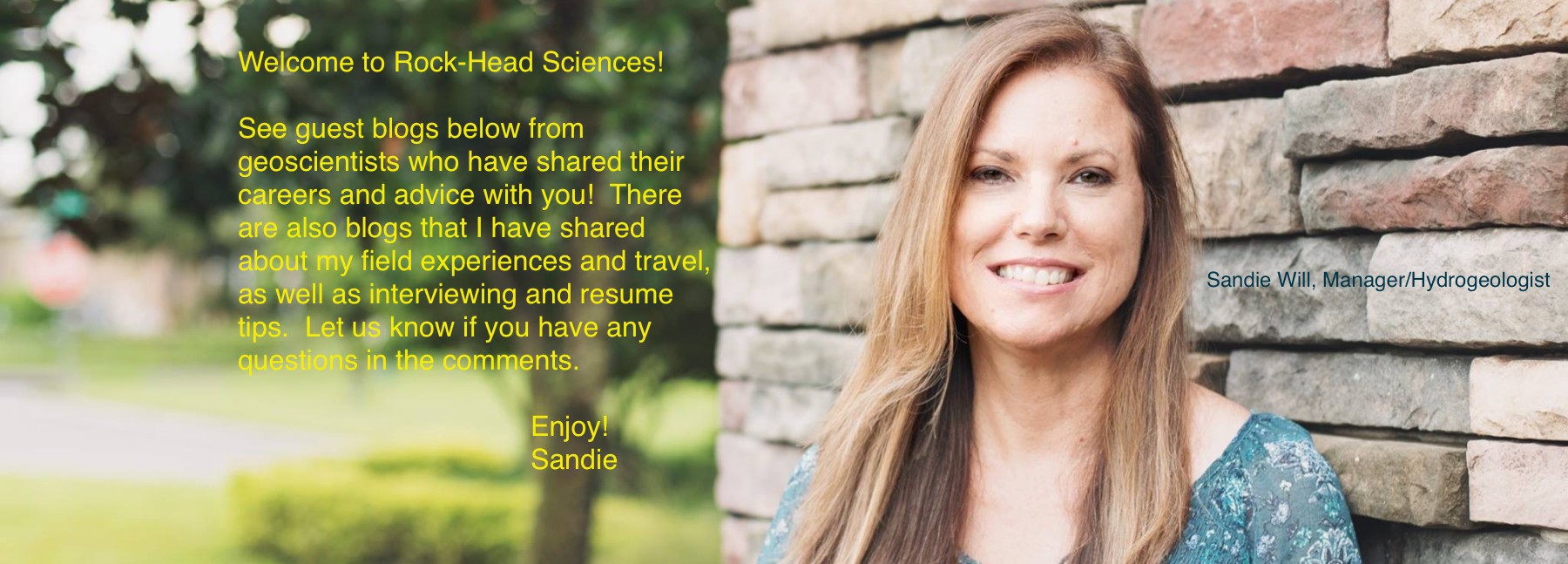Northwest Washington is probably the last place you’d expect rain forests! But they are there! Nestled between the Pacific Ocean, snow-capped mountains of Hurricane Ridge, and Mount Olympus, lies beautiful Hoh Rain Forest in Olympic National Park, one of the largest temperate rain forests in the United States. (Temperate means that the location is between tropical and arctic latitudes). Located within the Hoh River Valley along the western side of the Pacific Coast Ranges, this area of Washington has just the right mix of mild winters and cooler summers and total rainfall of 12 to 14 feet per year! (yes, feet!) It’s known as an “ocean-born forest” because of the storms that come from the Pacific Ocean that provide the rainfall within the valley. This rain forest used to span from Alaska to Oregon, but now is limited to protected areas. And it’s hard to believe that it’s located near a series of glaciers.
I was fortunate to visit Hoh Rain Forest in spring 2010. We traveled along the Pacific Coast and made it to the entrance on the same day. The drive into the park is rather long, but as you enter further, the environment changes dramatically from coastal to rain forest. There’s a nice visiting center and several hiking trails. As soon as you start on the trails, you feel the moisture in the air and serene peacefulness of this undisturbed area. Just walking through the forest is like receiving a gift. The views are spectacular with an abundance of mosses, ferns, and other plants at ground surface and a various canopy of trees including spruce and hemlock. The fallen limbs, decaying logs and new sprouts of vegetation show the endless cycle of regeneration occurring throughout the forest. And every step made me want to see more.
If you’re ever in the area, this is a must see! More information can be found on the National Park Service website at: National Park Service: Hoh Rain Forest
You can also see temperate rain forests in Quinault, Queets and Bogachiel Valleys, Washington. I have been to the Quinault rain forest as well which is smaller in scale but is a nice stop if you are looking for a quicker alternative.
For additional information on the glacial retreat (Blue, Hoh and White Glaciers) in the area, see an excellent blog post by Dr. Mauri Pelto, Professor of Environmental Science, Nichols College at White Glacier Retreat, Olympic Mts. Washington on the American Geophysical Union (AGU) Blogosphere site.

